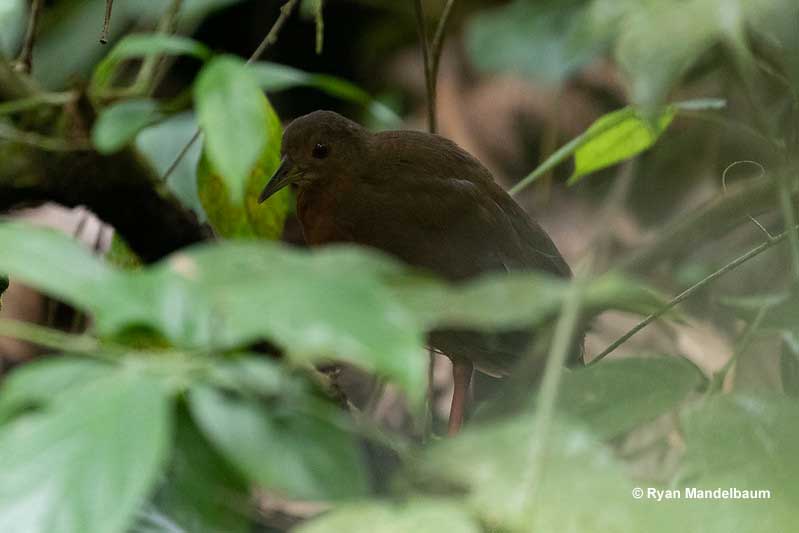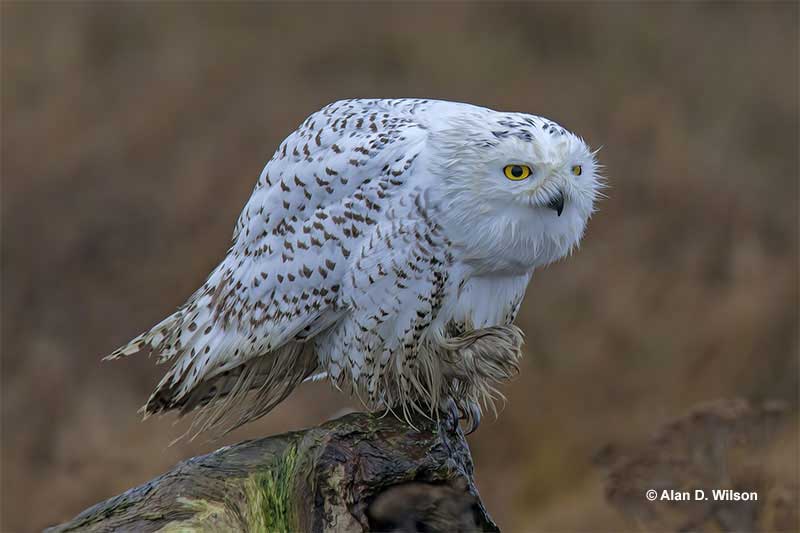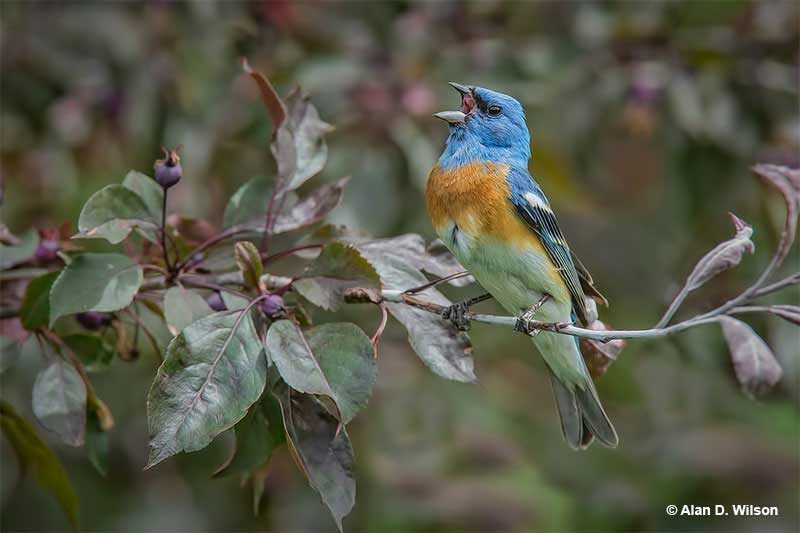There is only one bird species in North America starting with the letter U, and that is the Upland Sandpiper. The list of birds with that letter is not that long, either.
We have selected some of the more interesting species from around the world to compensate and introduced the origins of the names. Dive in!
Upland Sandpiper
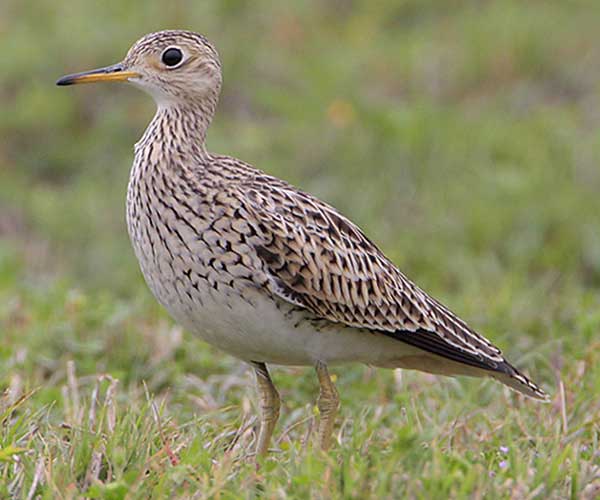
The Upland Sandpiper is a tall, slender sandpiper characterized by marbled golden brown and blackish upperside, streaked white undersides, and long legs.
Unlike typical sandpipers, it inhabits upland grasslands rather than wetlands or coastal areas for breeding and nesting. Its old common name, Bartram’s Sandpiper, and the genus name, Bartramia, pay homage to American naturalist William Bartram.
In Louisiana, Upland Sandpipers are also called papabottes. This name originates from Louisiana French papabote which in turn comes from Old French bote, meaning high shoe or boot. So, loosely translating, ‘papabotte’ means ‘daddy long-shoes’, which makes sense considering their long legs.
Upland Goose
Upland Geese are distinctive waterfowl native to southern South America. Males are white with black backs and tails and either with or without black barring on the chest.
Females have reddish-brown instead of white. They favor open or semi-open grasslands near shores and marshes and are often found far from the coast, hence the first part of the name.
The species is also known as Magellan Goose, which refers to the Magellan Strait. It is a body of water separating South America from the island of Tierra del Fuego and is a part of the geese’s range.
Unicolored Blackbird
Unicolored Blackbird is a fitting name only for the male of the species. They are jet black overall and also have dark bill, legs, and eyes. Females, however, are streaked brownish-gray above and streaked yellow below.
These blackbirds are native to the bogs, marshes, and swamps of South America. They forage among reeds and floating vegetation, tending to stay close to water. This is why they are also called Unicolored Marsh-blackbirds.
Unspotted Saw-whet Owl
Unspotted Saw-whet Owls are uniformly brown above and plain cinnamon buff below. Their tails are darker brown, and their wings are grayish brown.
Unspotted refers to the fact that their closest relative, the Northern Saw-whet Owl, does have spots whereas this one does not. The second part of their name reflects their vocalizations, which sound like someone whetting a mill saw.
In addition to this, the taxonomy of this species is not completely agreed upon. Some organizations treat it as monotypic while others assign it three subspecies. On the other hand, some say that the Unspotted Saw-whet Owl and the Northern Saw-whet form a superspecies while others consider them a single species.
Unicolored Jay
Unicolored Jays inhabit the cloud forests of southern and southeastern Mexico and northwestern Central America.
It might sound like a boring name for a boring bird, but they actually have beautiful deep blue plumage with a blackish tinge to their face, wings, and tail.
Apparently, they have five subspecies that can be distinguished by range and the specific shade of blue of their plumage, ranging from pale blue to dark blue to bluish-purple.
Ultramarine Grosbeak
Ultramarine Grosbeak is a species that is, again, named after the male. They have beautiful dark blue plumage, bright blue upper wings, and black accents on their face and wings. The name comes from the Latin ultramarinus and means ‘beyond the sea’.
However, females and juveniles are nowhere near as stunning. They are brown overall which is meant to keep them camouflaged against the landscape of their habitats, including swamps and secondary forests.
Ural Owl
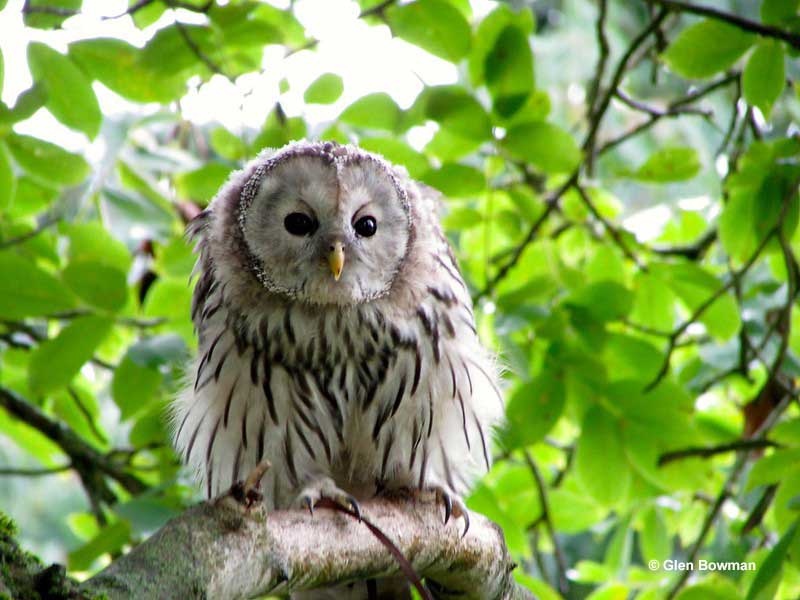
The Ural Owl is a large nocturnal species with no ear tufts, a round head, and a long tail. The species has at least 15 subspecies with colors ranging from whites and grays to various browns with darker streaking. However, they are generally on the lighter side of the color scheme.
Their name refers to the Ural Mountains in Russia where the first of the species was collected. Nevertheless, they have a much broader range, covering a considerable area across the Palearctic.
In Swedish, they are referred to as ‘attacking owls’ due to being highly territorial and protective towards their nests. Russians call them ‘long-tailed owls’ because of their long tails and Germans call them ‘goshawk owls’ due to their resemblance to the Northern Goshawk.
Ultramarine Flycatcher
The Ultramarine Flycatcher is a striking bird wintering in southern India and breeding in the foothills of the Himalayas. Males sport an elegant blue-and-white plumage which also lends the species its name.
They have ultramarine uppersides, heads, a white patch extending from their throats to their belly, and white “eyebrows”. The latter is the reason why it is also known as the white-browed blue flycatcher. In fact, the amount of white on their tails and eyebrows is what helps you distinguish between its three subspecies.
Uniform Crake
Uniform Crake inhabits both inland and coastal, wet to almost dry habitats, including wooded swamps, vegetated streams, and flooded forests from southern Central America to various areas across South America.
As the name suggests, their plumage does not hold any surprises. They are rich dark brown overall with a green sheen to the upperparts and rufous to brown underparts. Both their plumage and habitat preferences lend them various other names, such as the wood rail, rufous rail, or red rail.
As for the second part of the name, then the term ‘crake’ is used for various small rails or rail-like birds. It comes from Middle English crak or crake which in turn originates from the Old Norse kráka, meaning ‘crow’.
In the same series: Birds that start with E – start with L – start with M – start with S
